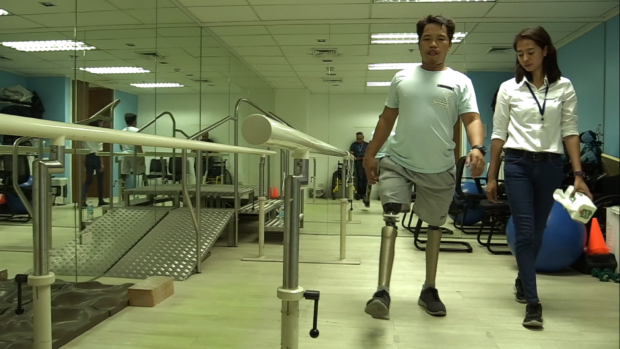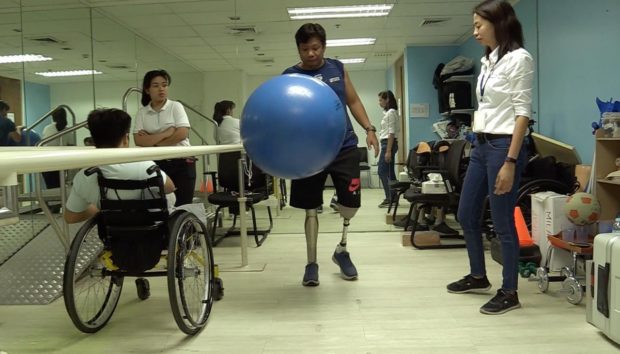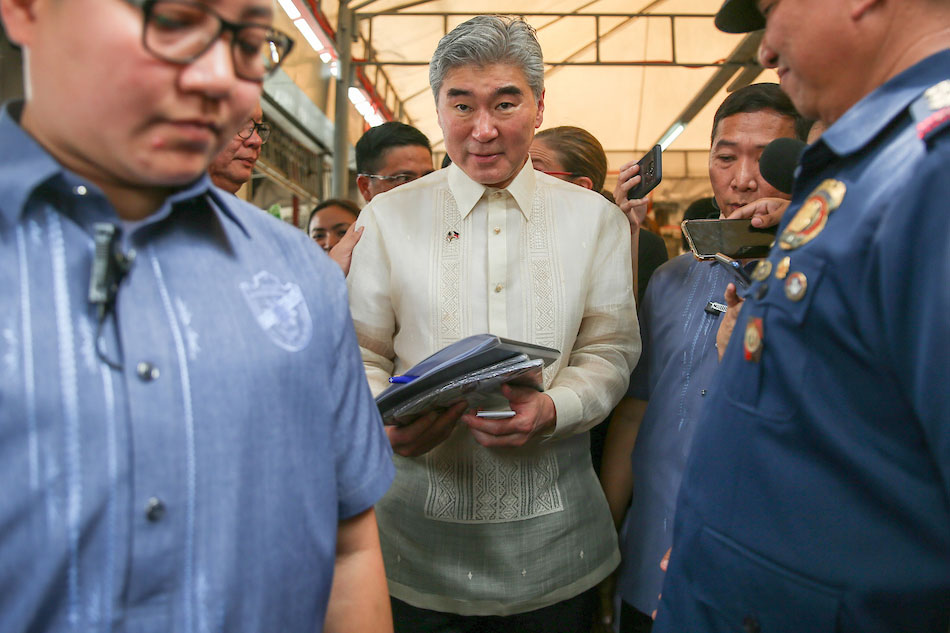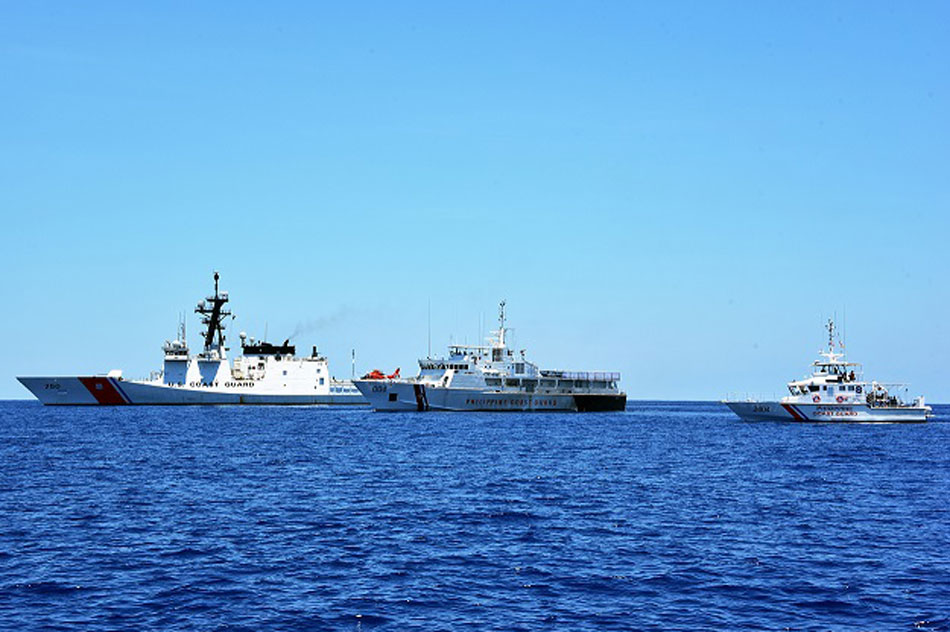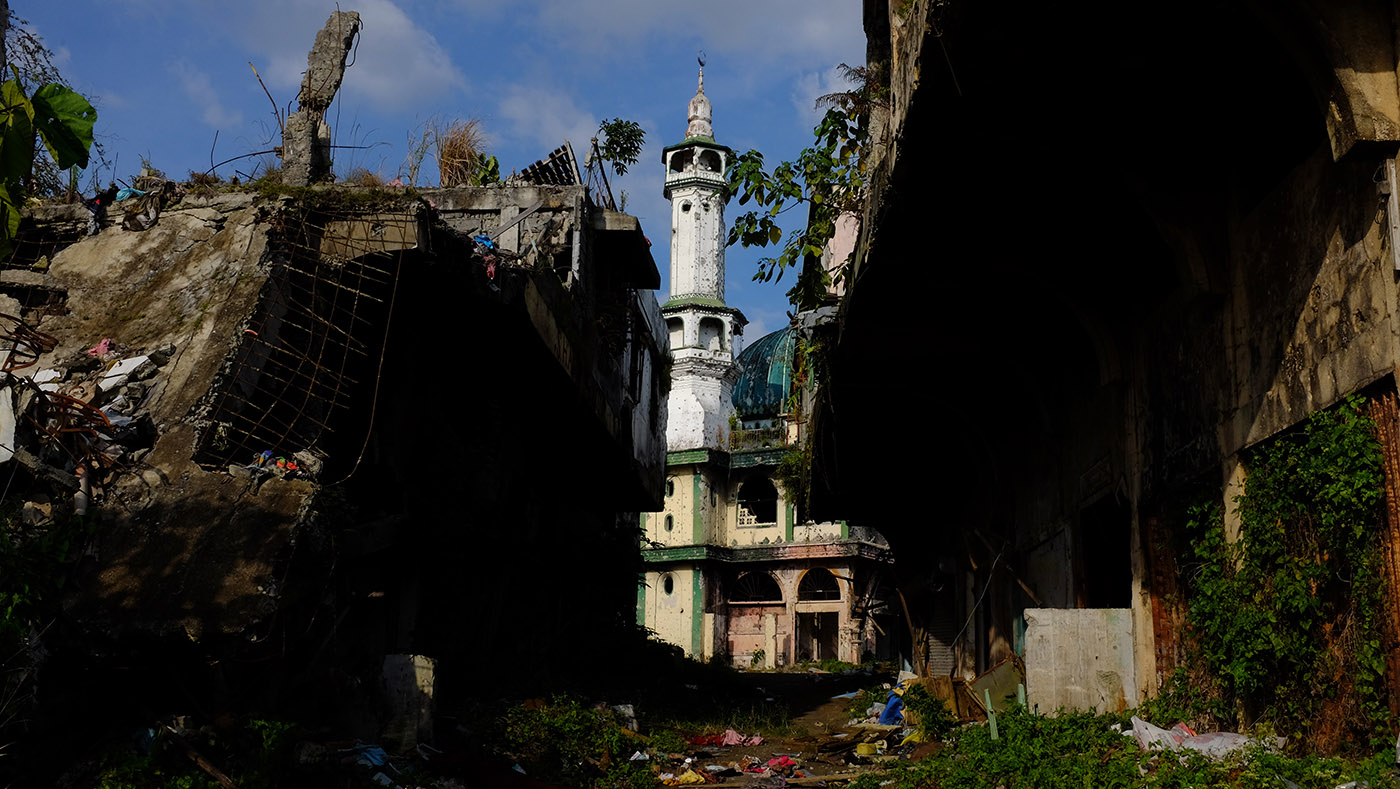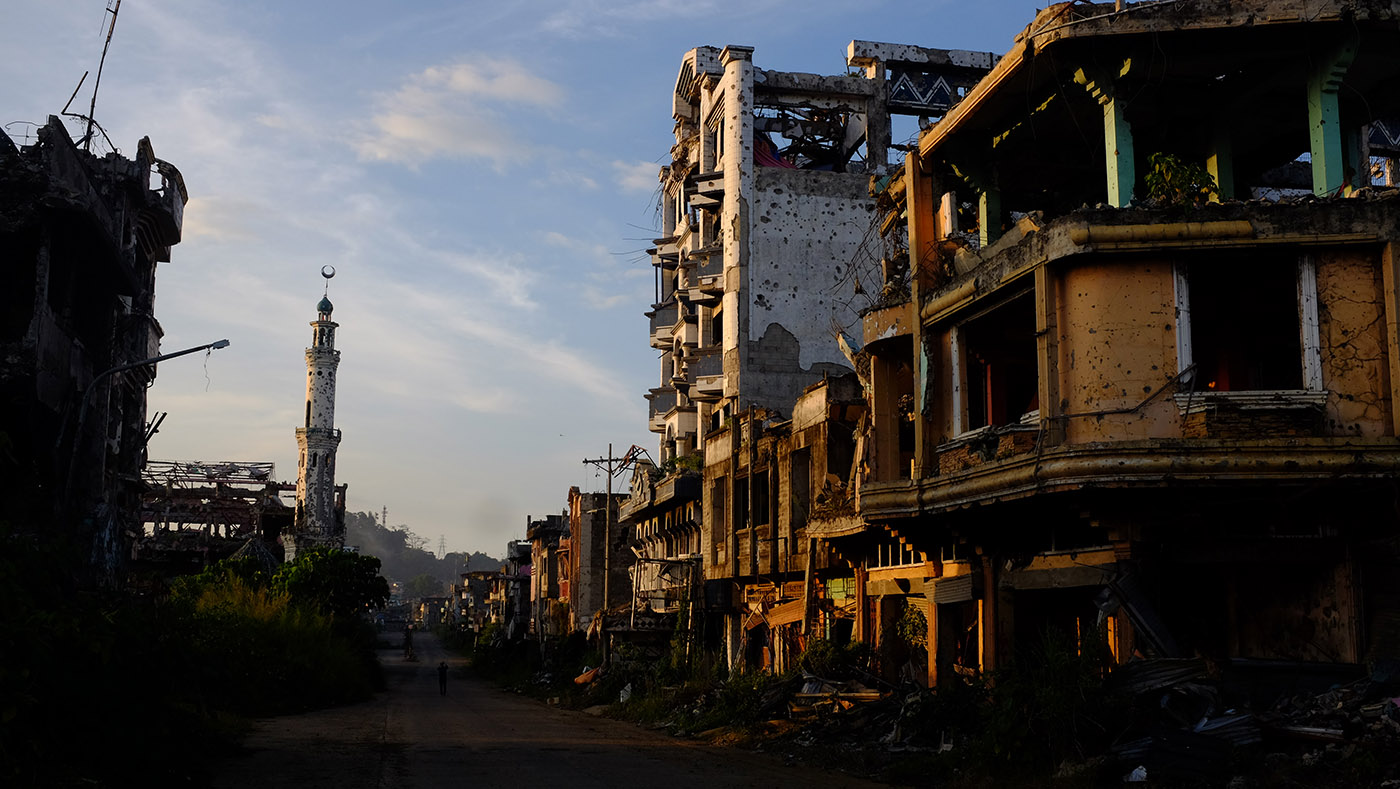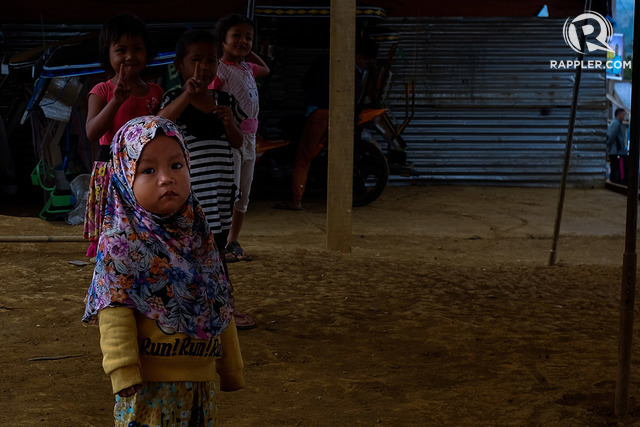(By Kerry K. Gershaneck James E. Fanell)
 “Today the South China Sea is the most dangerous area in the world,” observed Gregson, a seasoned U.S. Marine Corps combat veteran. “Hostile statements and aggressive actions create dry tinder, awaiting only a spark to burst into conflagration—with unimagined consequences.”
“Today the South China Sea is the most dangerous area in the world,” observed Gregson, a seasoned U.S. Marine Corps combat veteran. “Hostile statements and aggressive actions create dry tinder, awaiting only a spark to burst into conflagration—with unimagined consequences.”
China’s claims of South China Sea (SCS) ownership are illegal, but Beijing’s hyper-nationalistic officials increasingly encourage its forces to attack U.S. Navy ships operating lawfully there.
The People’s Republic of China (PRC) appears to be calling for war—a war it may well get. But it is a war that will not stay confined to that body of water, and a war that could ultimately end with regime change in Beijing.

One People’s Liberation Army (PLA) officer recently exhorted PLA Navy vessels to ram and sink U.S. Navy ships conducting freedom of navigation operations in the SCS. Another called for the sinking of two U.S. aircraft carriers and killing upward of 10,000 U.S. sailors to force the U.S. from these hotly contested waters.
“If the US warships break into Chinese waters again, I suggest that two warships should be sent: one to stop it, and another one to ram it,”
said PLA Air Force Colonel Commandant Dai Xu on December 8, 2018. Dai, president of China’s Institute of Marine Safety and Cooperation, proposed these unprovoked acts of war in a highly publicized forum: at
a conference sponsored by Beijing Global Times.
A senior PLA Navy officer then called for the sinking of two U.S. Navy aircraft carriers to “frighten” the U.S. away from the SCS. In a speech on December 20, 2018, Rear Admiral Luo Yuan, the deputy head of the Chinese Academy of Military Sciences,
asserted that the key for Chinese domination of the SCS lies in using ballistic missiles to sink the two carriers, killing as many American sailors as possible.
“What the United States fears the most is taking casualties,” Luo said in his call to kill upwards of 10,000 U.S. sailors. “We’ll see how frightened America is,”
he said.
Some might argue such belligerence from senior PLA officers does not reflect China’s official policy or is simply Information Warfare, but these defenses are disingenuous. None of the senior officers has been publicly chastised by the PRC for inciting war, and the PLAN is engaging in
increasingly-dangerous actions across the SCS.
On September 30, 2018 the PLAN destroyer Lanzhou drove
within forty-five yards of the USS Decatur as it crossed the bow of the American warship near the SCS’ Gaven Reef. The Decatur’s commander averted collision only by deftly swerving to escape the Lanzhou’s aggressive maneuverings. The U.S. Navy diplomatically called the Lanzhou’s premeditated action “unsafe and unprofessional,” but it might more aptly be described as “attempted murder.”
The PLAN, China’s military-run Coast Guard, and its maritime militias have also threatened—and sank—Vietnamese ships, and
has chased Philippine Navy and fishing fleets from Philippine waters.
Taiwan plays a major role in Beijing’s SCS calculus, as well. China’s ruler Xi Jinping
has ordered the PLA to be ready to invade Taiwan by 2020. By taking exclusive control of the SCS, China has another angle of attack for its Taiwan invasion force, from the Bashi Channel.
China’s claims to ownership of the SCS are bogus, of course. On July 12, 2016, the Permanent Court of Arbitration in The Hague released the Arbitral Tribunal’s determination that China’s claim to “historic” SCS rights, through its so-called “nine-dash-line,” was illegal.
But in Beijing’s pursuit of Xi’s “Great Rejuvenation,” control over this resource-rich, strategically vital global commons is apparently worth a war—a world war.
“Conflagration with Unimagined Consequences”
The First World War offers a cautionary tale of how a seemingly minor incident can lead to global carnage, says former U.S. Lieutenant General Wallace C. Gregson.
“In 1914, during an era when war was considered illogical and unlikely, an itinerant worker killed Archduke Ferdinand and his wife,” says Gregson. “This violent act sparked an unexpected war of unprecedented carnage.” More than
eight million died fighting the war, and perhaps thirteen million civilians died as a result of the conflict.
Four major empires, each bearing responsibility for the conflagration, collapsed: the Russian, Austro-Hungarian, German, and Ottoman.
“Today the South China Sea is the most dangerous area in the world,” observed Gregson, a seasoned U.S. Marine Corps combat veteran. “Hostile statements and aggressive actions create dry tinder, awaiting only a spark to burst into conflagration—with unimagined consequences.”
How, then, might China engineer a violent confrontation in the SCS that would spark a conflagration of unimagined consequences, a new world war?
2019 Retrospective: A Shifting Political Environment
Through 2019, Xi Jinping continued to
pursue his vision of the “Great Rejuvenation” to achieve “unification” of areas Beijing perceived as China’s sovereign territory. His tools included aggressive political warfare and increasingly capable, overly-confident military forces.
Despite Xi’s 2014 promise to not militarize China’s artificial islands in the Spratly Islands, China built air bases and defensive fortifications there and deployed warships to new naval bases on Fiery Cross, Mischief Reef and Subi Reef. In the SCS, China’s Navy, Coast Guard, and the People’s Armed Forces Maritime Militia harassed other nations’ fishing boats and military vessels.
However, nations from around the world began to slowly push back against China’s overt SCS aggression.
When the British Royal Navy and U.S. Navy held joint exercises in the SCS in early 2019, Beijing was put on notice. The United Kingdom-U.S. exercise followed closely the Royal Navy’s first freedom of navigation operation the previous August, near the contested Paracel Islands. London committed Great Britain
to re-engagement in the region to combat China’s growing strength and militarization of the SCS.
Beijing sharply criticized the UK’s actions, of course. But perhaps less well appreciated by Beijing’s rulers was the
growing concern by the European Union (EU) and the North Atlantic Treaty Organization (NATO) regarding China’s illegal assertiveness in the SCS, and its corrupt and coercive activities globally.
NATO Secretary General H.E. Mr. Jens Stoltenberg
often stated NATO’s “concern about the situation in the East and South China Seas” and reaffirmed NATO’s “opposition to unilateral coercive actions that could alter the status quo and increase tensions.” This political resolve was reflected in renewed commitment of NATO to increase defense spending and modernize capabilities.
As important from the SCS perspective, NATO’s commitment included the projection of “stability abroad” through rapidly deployable expeditionary forces. Nevertheless, Beijing seemed to dismiss NATO’s concerns, and the Alliance’s proven ability to conduct sustained combat operations in such distant locations as Afghanistan following the 9/11 terror attacks on the United States.
Senior EU officials echoed concerns about China’s unlawful conduct in the SCS. China’s expansionism was seen as a
direct threat to the EU, as the EU focused on enhanced security and defense integration. The EU boosted its military readiness, and integrated defense policy and capabilities with the European Defense Fund and Permanent Structured Cooperation, by bolstering rapid deployment forces, and through the creation of the French-driven European Intervention Initiative.
To highlight Europe’s growing concern with China’s expansionism, in March, France sent its nuclear-powered aircraft carrier Charles de Gaulle with
a battle group of three destroyers, a submarine and a supply vessel into the region.
China now faced an evolving united front of nations committed to maintaining freedom of navigation in the world’s most vital waterways.
As PRC maritime aggressiveness and political warfare become more intense towards other regional claimants, Southeast Asian countries such as the Philippines and Vietnam began to ask for international help.
The post-Duterte Philippines government formally requested U.S. support under the Mutual Defense Treaty (MDT). In 1994 and again in 2012, Philippine
leaders were shocked by the U.S. government’s failure to back it in territorial disputes with China. However, when U.S. Secretary of State Mike Pompeo
stated on March 1, 2019, that “any armed attack on Philippine forces, aircraft, or public vessels in the South China Sea will trigger mutual defense obligations under Article 4 of our Mutual Defense Treaty,” it was clear that a new generation of American national security managers clearly learned from this past alliance mismanagement. The U.S. military rapidly increased its presence in the Philippines’ exclusive economic zone waters.
In another alliance-strengthening move, the U.S. Pacific Fleet and Japan’s Maritime Self Defense Forces in the SCS expanded combined carrier flight and naval surface and submarine operations. This sent a clear signal to Beijing that the SCS remained global commons, and not China’s private lake, and that the SCS would not be a safe haven for its ballistic missile submarine force. This show of unity greatly encouraged many nations that had seen little meaningful pushback against China’s expansionist activities.
Meanwhile, Canberra called for a peaceful resolution to the increasingly tense situation, but it said it would not “sit by and watch China dominate the South China Sea.” Australia’s RAAF “Operation Gateway” P-8A Poseidon maritime surveillance aircraft began flying daily missions over the SCS. As important, Australia began publicizing imagery of China’s rapidly expanding maritime activities there.
India, increasingly concerned about China’s expansion into the Indian Ocean, belatedly enhanced maritime cooperation with the other members of the “Quad”: Australia, Japan, and America. The four countries began planning for combined SCS “dissuasion” operations.
China
often leaked reports that Xi Jinping had ordered the PLA to be able to take Taiwan by force by the year 2020. As January 1, 2020 dawned, Xi also had his eyes on the SCS as an achievable objective that year. The two objectives were inextricably linked. The SCS would be taken first.
On January 21, 2020, Xi ordered five large island-building dredges to deploy from Hainan Island, along with auxiliary vessels and equipment associated with the initial SCS artificial island construction. Their destination: Scarborough Shoal, 124 miles off Luzon, claimed by the Philippines but effectively owned by China since it illegally took control of it in 2012. American and other countries’ intelligence organizations quickly detected the movements.
An artificial island at Scarborough Shoal would provide the PRC an air and naval base that would block American military entry into the SCS via the Bashi Channel. It would also provide a southern avenue of attack for a Taiwan invasion.
In response, the U.S. and the Philippines agreed to increase military presence around Scarborough Shoal. The U.S. Indo-Pacific Command directed preparatory actions, to include ordering the U.S. Seventh Fleet forces to “take station” twelve nautical miles off the shoal no later than January 24.
Meanwhile, China “swarmed” hundreds of fishing boats, Coast Guard vessels, and maritime militia ships across the SCS, similar to its
swarming operation to stymie Philippine construction in the Spratlys in late 2018. China hoped to intimidate and deceive U.S.-led coalition forces in the SCS, and to draw them from the shoal. In a military confrontation, the intermingled “non-combatant” vessels would distract and confuse coalition commanders, and provide the PLA continuous intelligence and fire direction support.
On January 26, the PRC declared an Air Defense Identification Zone (ADIZ) over SCS, and a task force including its one aircraft carrier, fifteen surface combatants, and ten attack submarines set sail south from Hainan Island. Simultaneously, PLA Air Force deployed fighter/attack aircraft to Hainan and bases along China’s southeast coastline, to include squadrons of Su-27 Flankers and FB-7 Flounders capable of maritime strike operations. PLA Rocket Forces opposite Taiwan in southeast China were placed on highest alert, armed with multiple regiments of short-and medium-range ballistic missiles.
Russian naval and air forces in Far East Military District were placed at a heightened state of alert, at Beijing’s request. Beijing and the Russian Federation conducted increasingly sophisticated military exercises together for nearly a decade. China hoped Russia’s perceived possible military engagement would help dissuade the U.S. from fighting for the SCS. Although Russia sent backchannel messages to Washington it would not engage in a fight for the SCS, the United States and Japan began contingency planning.
Globally, Beijing orchestrated mass demonstrations and “peace protests” by its United Front organizations in major cities. Simultaneously, it accelerated cyber attacks and began sabotage operations in “enemy” countries to disrupt military operations and national-level decision-making processes.
But Beijing’s coercive deterrence and political warfare campaigns had already failed. Washington, having thrown off a nearly four-decade policy of appeasement towards China, prepared for military confrontation.
With Japanese air and naval forces, U.S. forces assigned to Japan were ordered to heightened alert status. Additional combat aircraft were deployed to the region, and naval surface combatants were deployed to the southern Ryukyu Islands. Additional Japanese ground forces deployed to the Nansei Shoto area, equipped with anti-ship missiles.
Well aware that hostilities in the SCS could fatally threaten Taiwan, Taipei placed its armed forces on highest alert as well, and began civil defense preparations.
The U.S. Navy’s forward-deployed aircraft carrier, the USS Ronald Reagan, sailed east of Okinawa with a battle group, and a second carrier battle group set sail from San Diego. Two additional squadrons of F-22 stealth fighters were deployed to the Pacific, one squadron to Kadena Air Base on Okinawa and the other to Guam. Meanwhile, B-2 stealth bombers deployed to Guam.
U.S. Marines quickly established a series of small island outposts and embarked on small amphibious platforms spread across the region. Armed with anti-aircraft and long-range anti-ship missiles, the Marines would
contribute significantly to the coalition’s SCS “anti-access/area denial” strategy. Army forces with similar capabilities began deploying from U.S. bases to Japan.
On January 28, Beijing declared all of its coastal Exclusive Economic Zones (EEZs) to be “foreign military-free zones” and defined all sea space inside China’s declared “9-Dashed Line Map” to comprise China’s “Blue Sovereign Soil.” Beijing insisted “no exceptions will be allowed” to this unilateral maritime sovereignty designation.
On January 29, the PRC initiated a virtual repeat of its September 30, 2018 Lanzhou-USS Decatur incident. There were no illusions in Beijing about the consequences: there would be shooting, and casualties.
But Xi and his inner circle were confident the U.S. would back down as it had so often done in the past. If not, they were confident their forces would defeat the U.S.-led coalition forces if a battle ensued.
No one in the Politburo seemed haunted by the ghosts of The Great War’s nearly twenty-two million dead, or by visions of the shattered and forgotten Austro-Hungarian, Russian, German, and Ottoman empires.
Like the assassination that sparked World War I, the incident that started the SCS war was simple, but violent.
A PRC-flagged fishing ship, with a Chinese Coast Guard cutter escort, made a “beeline” track directly towards the USS Chancellorsville, a U.S. Seventh Fleet guided missile cruiser. Despite the Chancellorsville’s radio warnings to the Chinese ships that they were on a collision course, the two Chinese ships continued directly towards the U.S. ship.
After attempting to evade the oncoming ships and exhausting all other peaceful options, the Chancellorsville fired four warning shots fired from its forward 5-inch gun.
Within minutes, the PLA Navy guided missile destroyer Lanzhou (DDG-170), operating over the horizon some 100nm away, fired a salvo of four YJ-62 long-range anti-ship cruise missiles.
Thus, China began its war for the South China Sea.
NATO immediately invoked Article 5 of the Washington Treaty and implemented Military Response Options, to include immediate force deployments to the South and East China Seas in support of NATO’s long-standing democratic partners there. The EU rapidly engaged as well, initiating consultations to invoke the Treaty on European Union, ostensibly for defense against Chinese aggression impacting France’s Asia-Pacific territories.
Globally, countries that hoped that they would never have to choose sides in a war between the U.S. and China found it was finally time to choose sides.
China had, in effect, begun World War III.
[Professor Kerry K. Gershaneck is a Visiting Scholar at the Graduate Institute of East Asian Studies, National Chengchi University, Taipei, Taiwan. A former U.S. Marine Corps officer, he was previously the Distinguished Visiting Professor at Chulachomklao Royal Military Academy in Thailand, as well as a Senior Research Associate with CPG at Thammasat University (Bangkok) and a Senior Associate with Pacific Forum CSIS.
Captain James E. Fanell, U.S. Navy (Ret.) is currently a Government Fellow at the Geneva Centre for Security Policy, Switzerland. He served as a career naval intelligence officer whose positions included the Chief of Intelligence for the U.S. Pacific Fleet and the U.S. 7th Fleet, as the senior intelligence officer for China at the Office of Naval Intelligence.]



